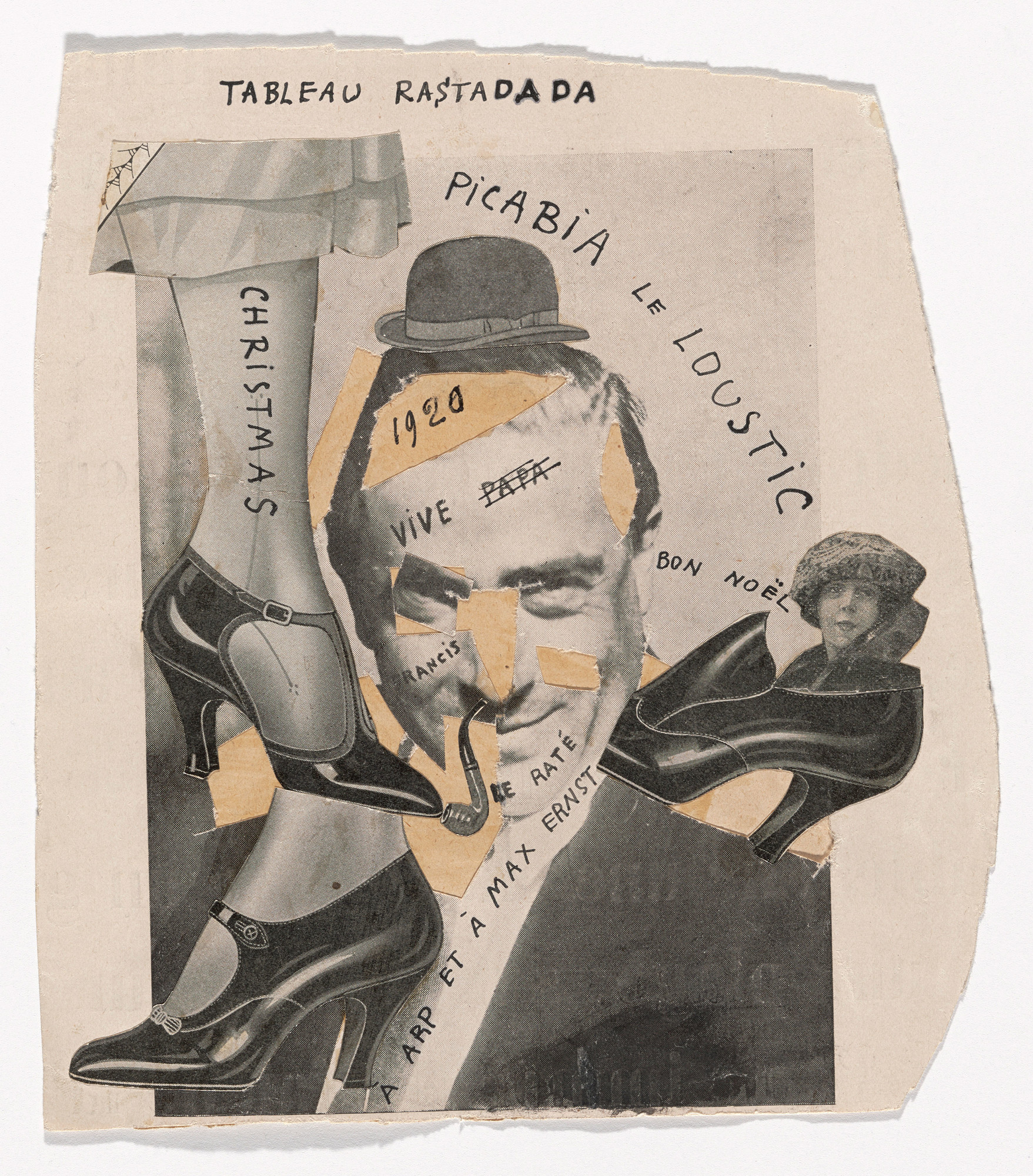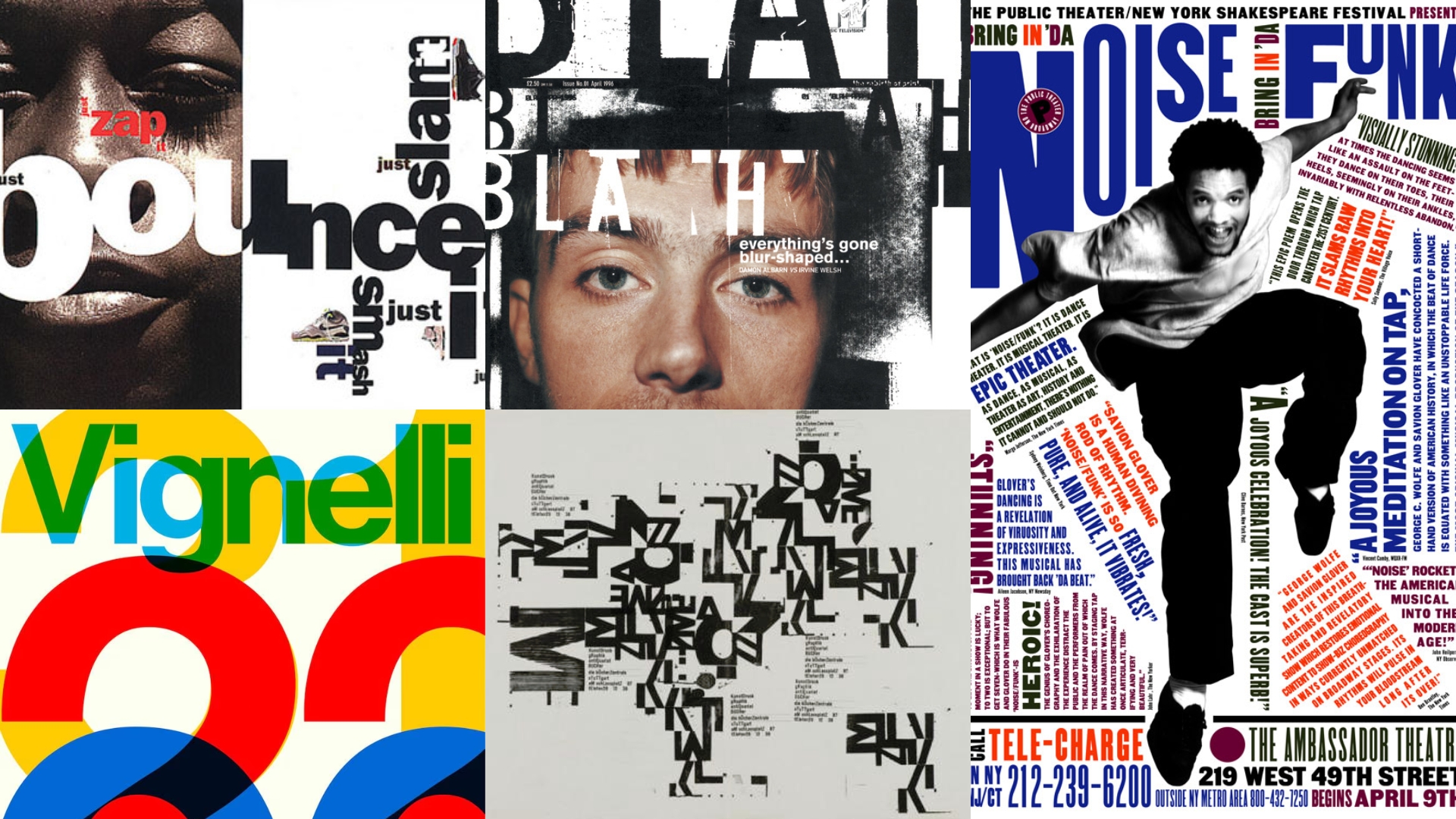My love for DADA stems from art class in high school. I recall sitting in a stifling hot classroom, wearing a very uncomfortable and unflattering convent school uniform and opening my enormous and heavy textbook, Gardner’s Art Through the Ages: Renaissance and modern art (which I still have), my teenage brain entirely bored with art so far….wait, let me interject here. I enjoyed the art, I hated this theory.
Then there, at the top of the page, was a new chapter. Modern Art….queue sounds of angels singing here.
We’d finally reached something I understood, and when we got to Dadaism….there was a spark in my brain. I felt that, in my very long 15 years on this planet, that I’d finally found where I belong.
So, what is Dadaism?
Dadaism or Dada was a form of artistic anarchy born out of disgust for the social, political and cultural values of the time. It embraced elements of art, music, poetry, theatre, dance and politics. Dada was not so much a style of art like Cubism or Fauvism; it was more a protest movement with an anti-establishment manifesto.
Artyfactory
Regardless of medium, each representation of Dadaism was rife with mild obscenities, humor, and nonsensical displays, and other characteristics outlined below.
Humor. Laughter is often one of the first reactions to Dada art and literature. …
Whimsy and Nonsense. …
Artistic Freedom. …
Emotional Reaction. …
Irrationalism. …
Spontaneity.
In Good Taste

If you’re interested, I came across this documentary on YouTube and think it is well worth a watch for anyone new to Dada.
Credits & Sources:





